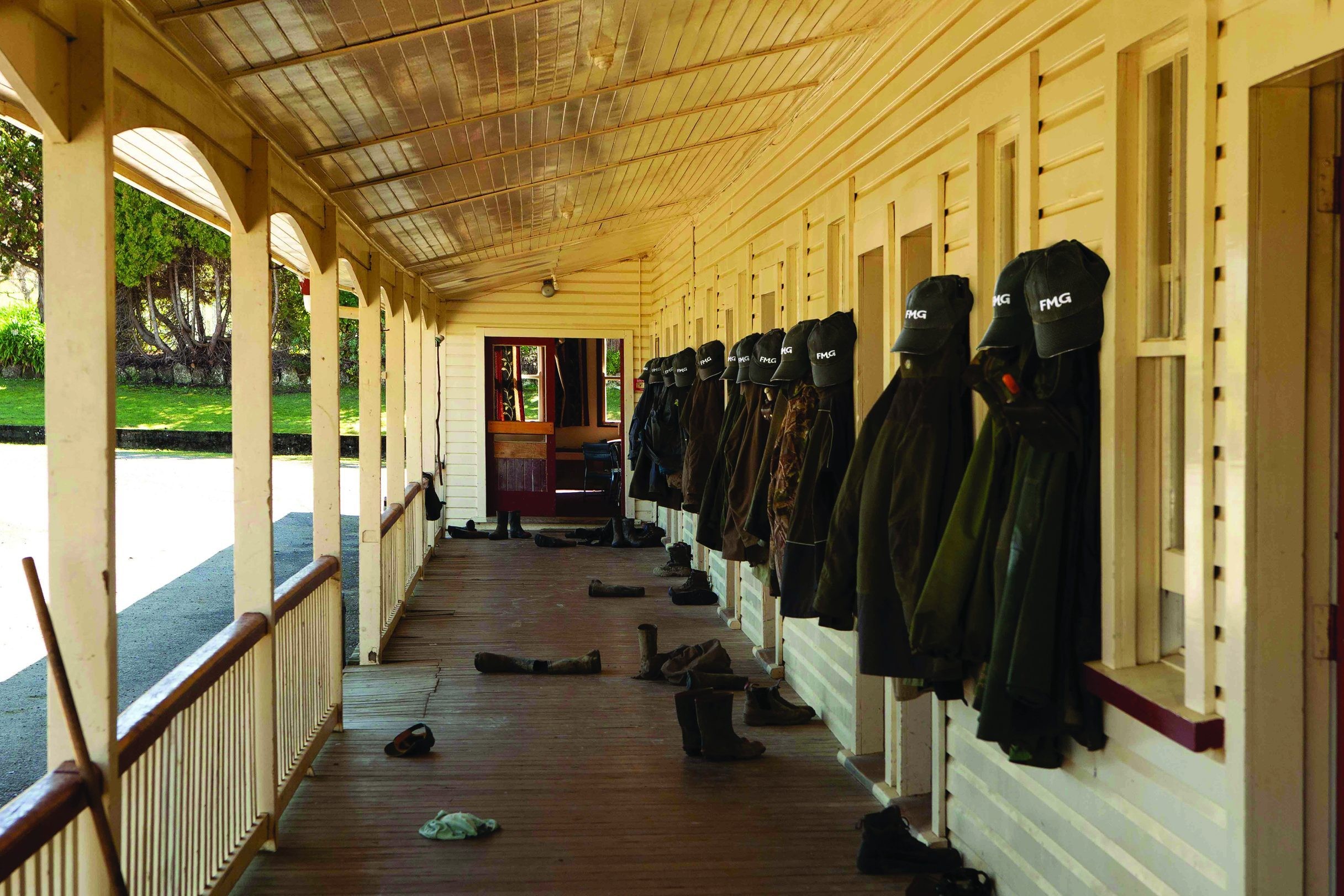Great wintering in action
Dairy farmer Luke Templeton says using portable troughs in winter makes a big difference.

Southland dairy farmer Luke Templeton applies a range of good wintering management practices suited to his farm. “We always hope for the best over winter, but plan for the worst.
“It is never about if we get bad weather, it’s always about when and considering what you will do to look after your animals and your people no matter the weather.”
His animals are checked twice a day to observe the condition of the cows and the ground, including looking for lying bowls where they have gotten comfortable and settled down in more sheltered or warm areas.
Luke says that if the conditions seem a bit too wet, they use their contingency plan, typically by doing an additional shift of the break fence to provide a fresh lying surface.
They also use portable troughs and provide additional feed, such as hay and baleage, along with moving the break fence up to three times a day.
DairyNZ wintering lead advisor Justin Kitto says farmers take a range of actions to keep cows comfortable over winter and provide them with enough lying time.
“Farmers need to keep their focus on caring for stock right through winter.
“During bad weather, farmers can shift cows to a drier, lower risk paddock, or save crops positioned in drier or more sheltered areas for grazing during bad weather. Some farmers even provide extra straw as an alternative.”
Farmers will also focus on ensuring calves are born in the best conditions, moving cows off-crop two weeks before calving date.
“Many farmers put cows in mobs based on calving dates to help them better monitor and manage herds,” says Mr Kitto.
“Daily checks provide the opportunity to look for sick or cows getting ready to calve, so you can shift them to give the best outcomes.”





